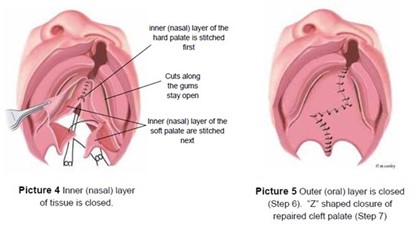A nurse is caring for a client who has a new prescription for furosemide and asks the nurse about the purpose of the medication. The nurse states "This medication is a diuretic that removes excess fluid from your body." Which of the following ethical concepts is the nurse exhibiting?
Accountability
Autonomy
Veracity
Fidelity
Justice
The Correct Answer is C
c. Veracity
The nurse is exhibiting the ethical concept of veracity by providing the client with truthful and accurate information about the purpose of the medication. Veracity refers to the obligation to tell the truth and provide information in an honest and transparent manner.
Explanation for the other options:
a .Accountability: Accountability refers to taking responsibility for one's actions and being answerable for the outcomes. While accountability is an important ethical concept for healthcare professionals, it is not directly demonstrated in this situation.
b. Autonomy: Autonomy refers to respecting an individual's right to make their own decisions and choices regarding their healthcare. While the nurse is providing information to the client, autonomy is not directly demonstrated in this situation.
d. Fidelity: Fidelity refers to being faithful and keeping promises or commitments made to clients. While
fidelity is an important ethical concept, it is not directly demonstrated in this situation.
e. Justice: Justice refers to fairness and the equitable distribution of healthcare resources. While justice is an important ethical concept, it is not directly demonstrated in this situation.
In this scenario, the nurse's action of providing truthful information to the client aligns with the ethical
concept of veracity.
Nursing Test Bank
Naxlex Comprehensive Predictor Exams
Related Questions
Correct Answer is B
Explanation
The nurse should include maintaining elbow restraints on the infant in the plan of care following cleft palate repair. This helps to prevent the infant from touching their surgical site and disrupting the healing process.
a) Allowing the infant to have soft foods may be appropriate, but it is not the highest priority. The infant's diet should be determined by the provider and based on the infant's individual needs.
c) Instructing the parents to feed the infant with a spoon may be appropriate, but it is not the highest priority. The infant's feeding method should be determined by the provider and based on the infant's individual needs.
d) Telling the parents to avoid brushing the infant's teeth for two weeks may be appropriate, but it is not the highest priority. The infant's oral care should be determined by the provider and based on the infant's individual needs.

Correct Answer is D
Explanation
The presence of alcohol on a nurse's breath raises concerns regarding impairment and the potential for compromised patient safety. It is crucial to prioritize patient safety and prevent any potential harm. Removing the nurse from the client care area ensures that immediate patient safety is addressed and minimizes the risk of any adverse events.
Call the supervisor to ask for another nurse: While involving the supervisor is important, it should not be the first action taken in this situation. The immediate priority is to address patient safety by removing the nurse from the client care area.
Assign clients to the remaining staff: Assigning clients to the remaining staff should not be the first action taken because it may compromise patient safety if the nurse in question is impaired. It is important to ensure that the nurse is removed from the client care area before reassigning the clients to other staff members.
Document objective findings about the situation: Documenting the objective findings about the situation is important for accurate record-keeping and reporting. However, it should not be the first action taken when immediate patient safety is at stake. Removing the nurse from the client care area is the priority.
Whether you are a student looking to ace your exams or a practicing nurse seeking to enhance your expertise , our nursing education contents will empower you with the confidence and competence to make a difference in the lives of patients and become a respected leader in the healthcare field.
Visit Naxlex, invest in your future and unlock endless possibilities with our unparalleled nursing education contents today
Report Wrong Answer on the Current Question
Do you disagree with the answer? If yes, what is your expected answer? Explain.
Kindly be descriptive with the issue you are facing.
